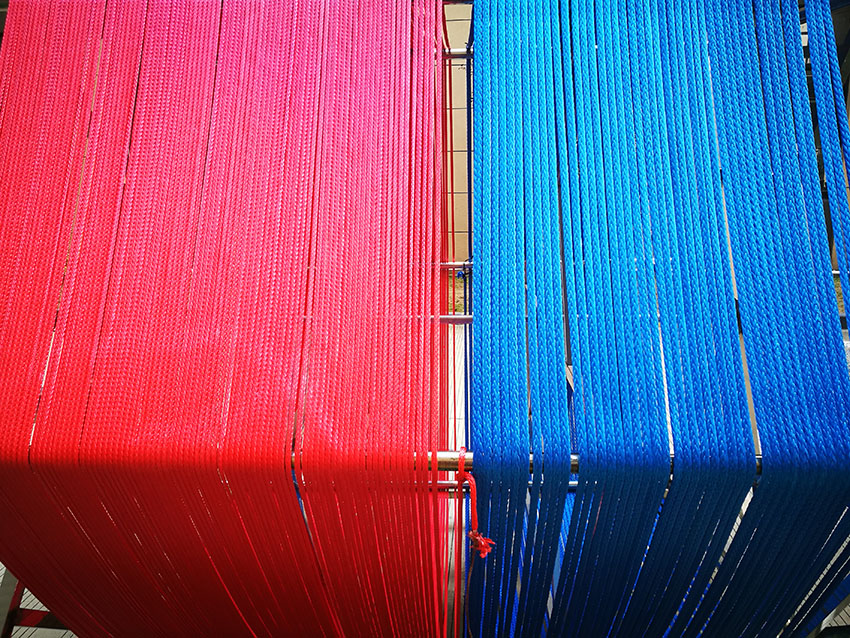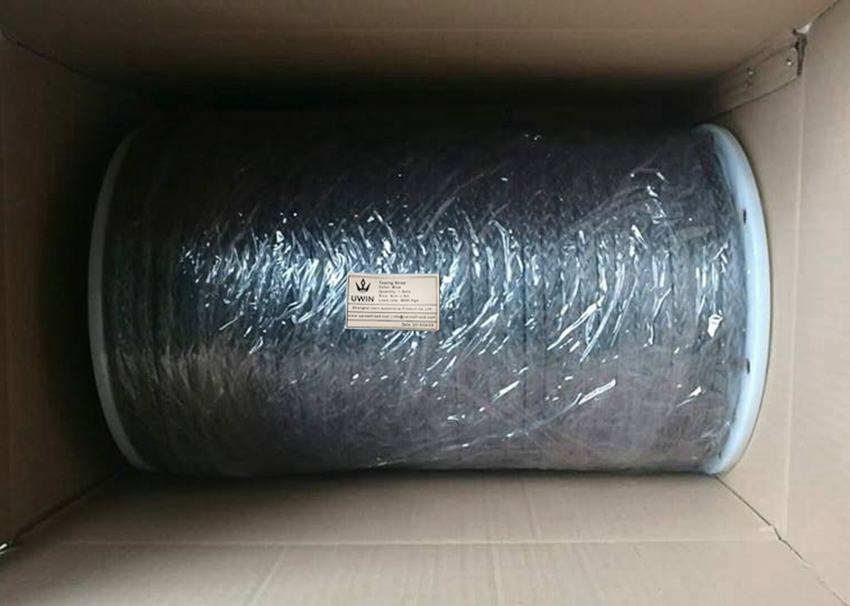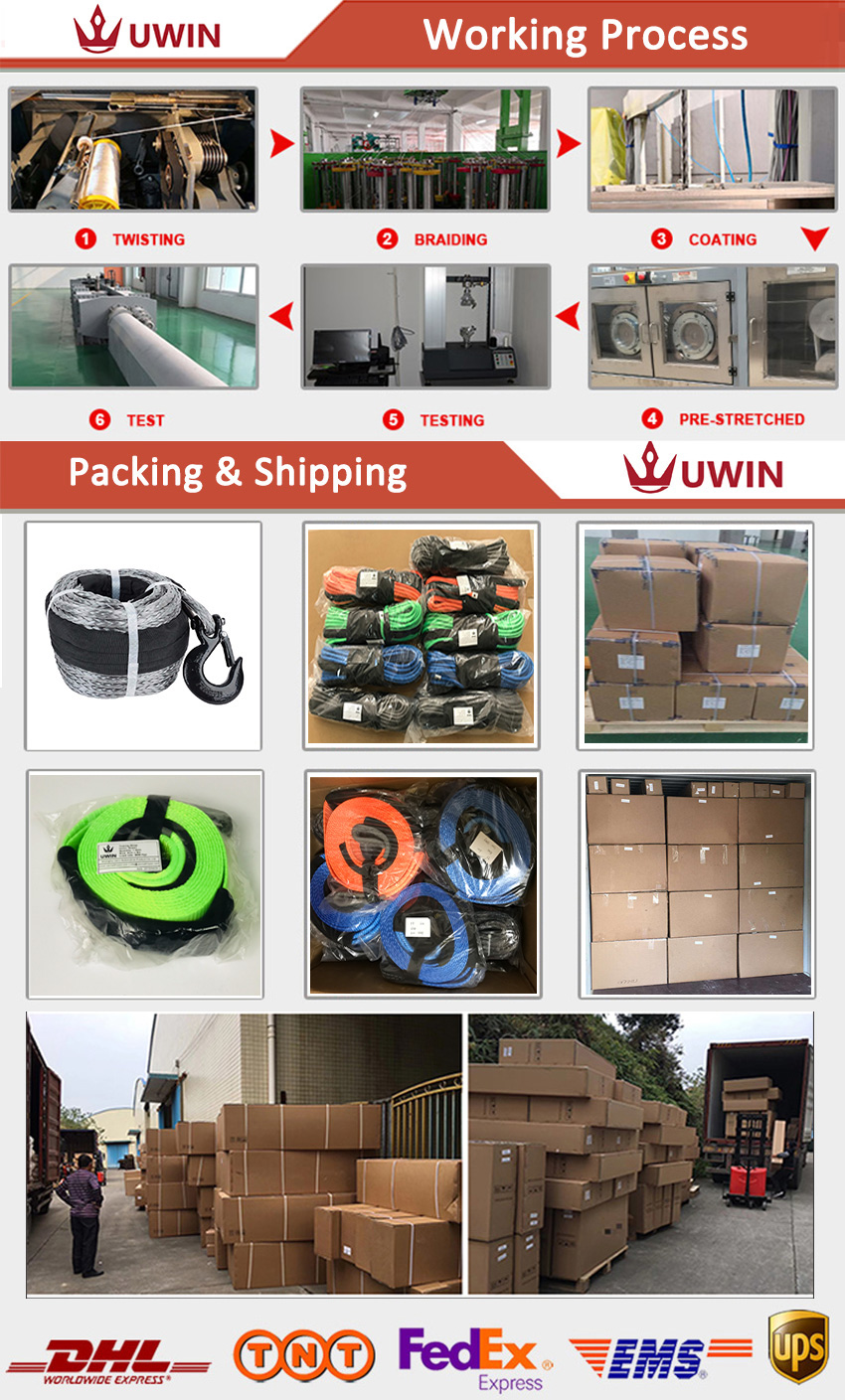Many drivers will drive, and the driving technology is not generally good, but in case of an unexpected situation, you may be helpless. For example, in rainy weather, are you driving a double flash or a fog lamp? Some car owners don't want to be too reluctant. Do not ignore these issues related to safety. Be sure to know in detail!
Since we are here, we will study the difference between fog lamps and double flashes.
Fog lights
Car fog lights, installed in the front and rear of the car. Used to illuminate roads and safety warnings when driving in rain and fog.
Front fog lamp: The role of the front fog lamp is not lighting, but to provide a high-light scattering light source, the intensity of this light source is to penetrate the dense fog, play a role to remind the opposite driver.
Rear fog lamp: The role of the rear fog lamp is to make it easier for car drivers behind the vehicle to find their car in environments with low visibility such as fog, snow, rain or dust.
Double flash
The double flash full name is "danger flash" and it is also often referred to as "dual flash". It is a signal light on the car. Its main function is to remind other vehicles and pedestrians to pay attention to the special situation of the car and allow everyone to avoid it in time.
Usage: In the process of driving, if you need other vehicles to slow down or even stop to avoid you, you usually need to turn on double flash. Such as temporary parking, vehicle breakdown or traffic accidents, traction fault motor vehicles, and the formation of the traffic police department to allow the composition of the fleet.
The Auto Loading Network reminds you: Article 81(2) of the “Implementation Regulations of the Road Traffic Safety Law†clearly stipulates that: “Motorcycles driving on expressways are less likely to be exposed to fog, rain, snow, dust, and hail than low visibility. At 100 meters, fog lights, low beam lights, position lights, front and rear lights, and hazard warning flashlights should be turned on. The speed should not exceed 40km/h and maintain a distance of more than 50 meters from the vehicle in the same lane."
- Material: Ultra High Molecular Weight Polyethylene (UHMWPE)
- Diameter range: 1-16mm
- Line Pull: 198 – 45100 lbs (90-20500 kgs)
- Construction: 3/4/6/8/12- strand braided
- Available Colors: Yellow, red, green, blue, orange, black, grey, white, pink
- Available accessories: eye hook, standard thimble or tubular thimble, protective sleeve,end lock
- Melting Point: 145℃
- Abrasion Resistance: Excellent
- U.V. resistance: Good
- Waterproof: Good
- Temperature resistance: 70℃ max continuous
- Chemical resistance: Excellent
- Dry & wet conditions: Wet strength equals dry strength
- Length: 15m/20m/28m/30m/ 40m/ 50m/100m/200m/500m in a coil or in a roll
- Spliced strength: ±10%
- Weight and length tolerance: ±5%
- MBL= Minimum Breaking Load conform ISO 2307
- Application: Best replacement of the traditional stainless steel cable. Could be used for winch ropes, sail ropes, kite surfing lines, glider lines, tent lines, spearing lines, fishing lines, towing ropes, recovery ropes, rescue ropes. etc.
- Advantages: light weight, only 10% weight of the same diameter steel wire per meter but 25% stronger; floats and easy to handle.



Recovery Rope,Dyneema Winch Line,Uhmwpe Winch Rope,Uhmwpe Synthetic Line
Shanghai Uwin Automotive Product Co.,Ltd , https://www.uwinoffroad.com